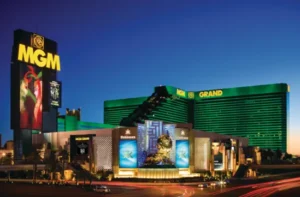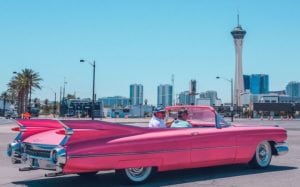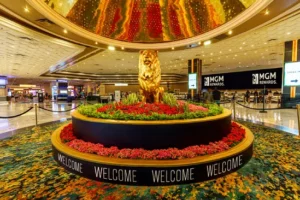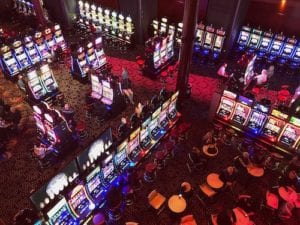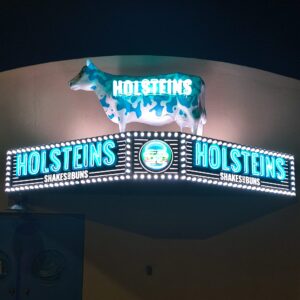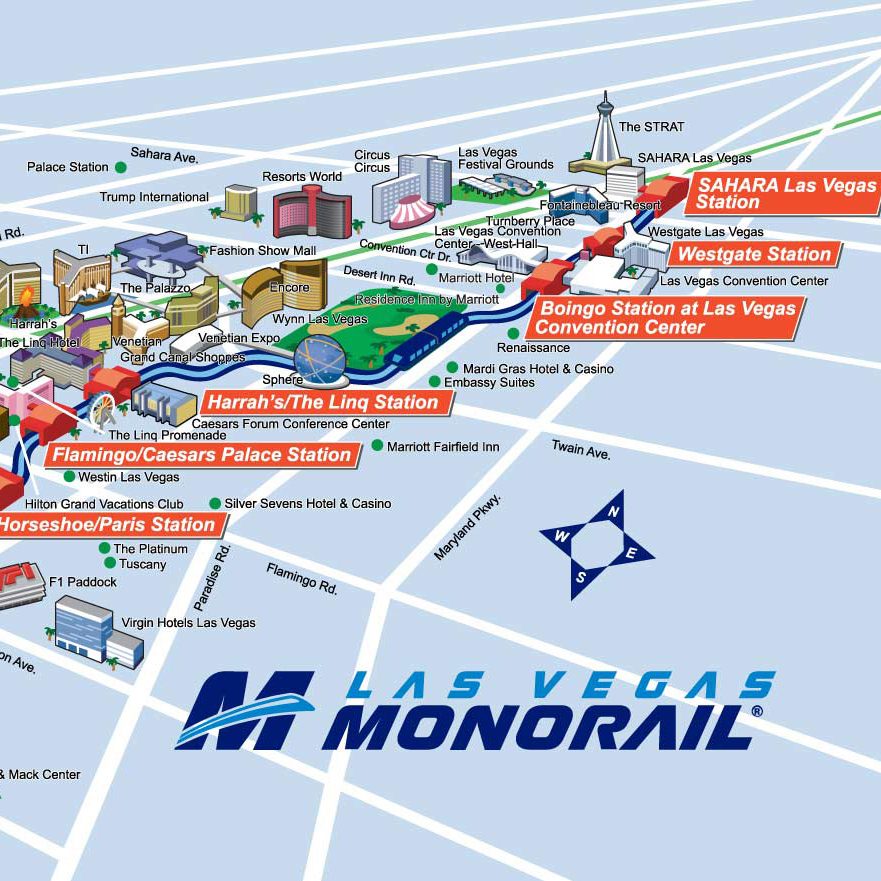You might think about Uber/Lyft and taxis when you think of getting around Sin City. But a sometimes forgotten option is the monorail, or as I should say: monorails. In total there are 4 monorails but the Mirage one will be gone in July when Mirage closes so let’s focus on the major 3.
First, the major one. The Las Vegas Monorail offers an affordable solution to navigating the bustling Strip, providing a convenient and eco-friendly alternative to traditional transportation methods. This article delves into the history, features, and impact of the Las Vegas Monorail, along with other notable monorail systems in the city, highlighting their significance in the urban landscape of Sin City.
A Brief History
The Las Vegas Monorail began as a modest project in 1995 when the MGM Grand-Bally’s Monorail opened to the public. Initially, this system was a shorter version, connecting the MGM Grand Hotel to Bally’s (now Horseshoe) Hotel and Casino (which also used to be the MGM Grand but that’s a story for another time). It quickly became evident that the demand for a more extensive and integrated transportation network was high, leading to the expansion and modernization of the system.
In 2004, the Las Vegas Monorail we know today was officially launched. This $650 million project extended the original route, creating a 3.9-mile track that stretches from the MGM Grand to the Sahara Avenue Station. The modernized monorail incorporated advanced technology and design, positioning itself as a cutting-edge transportation solution in the heart of Las Vegas.
Features and Operation
The Las Vegas Monorail operates seven stations strategically located along the Strip, including the MGM Grand, Horseshoe/Paris Las Vegas, Flamingo/Caesars Palace, Harrah’s/The LINQ, Las Vegas Convention Center, Westgate Las Vegas, and Sahara Las Vegas. This route enables visitors and locals to easily access key destinations, reducing the need for taxis, rideshares, and personal vehicles.
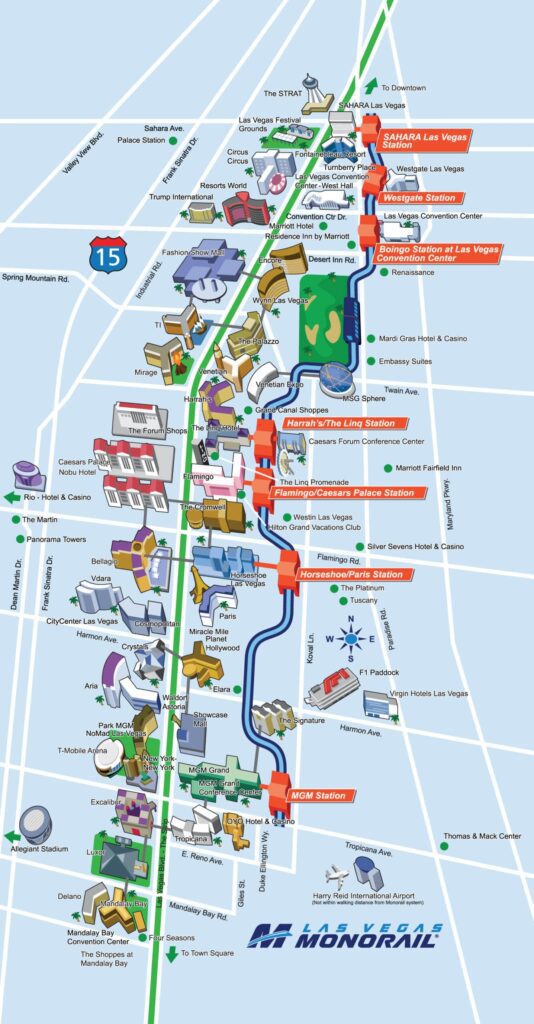
One of the standout features of the Las Vegas Monorail is its commitment to sustainability. The monorail is an electric system, producing zero emissions during operation. This eco-friendly approach not only reduces the city’s carbon footprint but also aligns with global efforts to promote green transportation solutions.
The Las Vegas Monorail is not 24 hours as one might expect so read up on the hours of operation below:
Monday: 7 am – 12 midnight
Tuesday: 7 am – 2 am
Wednesday: 7 am – 2 am
Thursday: 7 am – 2 am
Friday: 7 am – 3 am
Saturday: 7 am – 3 am
Sunday: 7 am – 3 am
Pricing options are simple enough. If you buy your ticket(s) at the station it’s full fare. If you buy online it’s an e-ticket and they send you a scannable version on your phone.

Other Monorails in Las Vegas
In addition to the main Las Vegas Monorail, several other monorail systems serve specific resorts and attractions along the Strip.
The Bellagio, for instance, operates a free tram service connecting Bellagio to ARIA, The Shops at Crystals, and Park MGM. This tram is a convenient option for guests and visitors, providing a quick and scenic route between these major resorts. This leaves out Cosmopolitan which MGM didn’t own at the time, but there’s a walkway now from Bellagio to Cosmopolitan.
Another notable system is the Mandalay Bay Tram, which connects Mandalay Bay to Luxor and Excalibur. This tram offers a seamless connection between the three properties, making it easier for guests to explore the various amenities and entertainment options each resort offers.
Economic and Environmental Impact
The various monorail and tram systems in Las Vegas have had a substantial impact on the local economy and environment. By providing reliable and convenient transportation options, these systems have enhanced the overall visitor experience, encouraging longer stays and increased spending in the city. The ease of access to major attractions, hotels, and the convention center has made Las Vegas a more attractive destination for both tourists and business travelers.
From an environmental perspective, the monorail systems play a crucial role in reducing traffic congestion and emissions. The reduction in the number of vehicles on the road has led to decreased air pollution and noise levels, contributing to a cleaner and quieter urban environment.
Future Prospects
The future of the Las Vegas Monorail and other tram systems looks promising, with potential expansions and technological upgrades on the horizon. Plans for extending the main monorail route to the Harry Reid International Airport and other key locations are being discussed, which would further enhance connectivity and convenience for travelers.
Conclusion
The monorail systems of Las Vegas are more than just modes of transportation; they are symbols of progress and modernity in a city known for its extravagance and allure. By providing efficient, eco-friendly, and convenient solutions to navigating the Strip, these monorails have become integral parts of the Las Vegas experience. As they continue to develop and expand, they will undoubtedly play pivotal roles in shaping the future of transportation in this iconic city.




